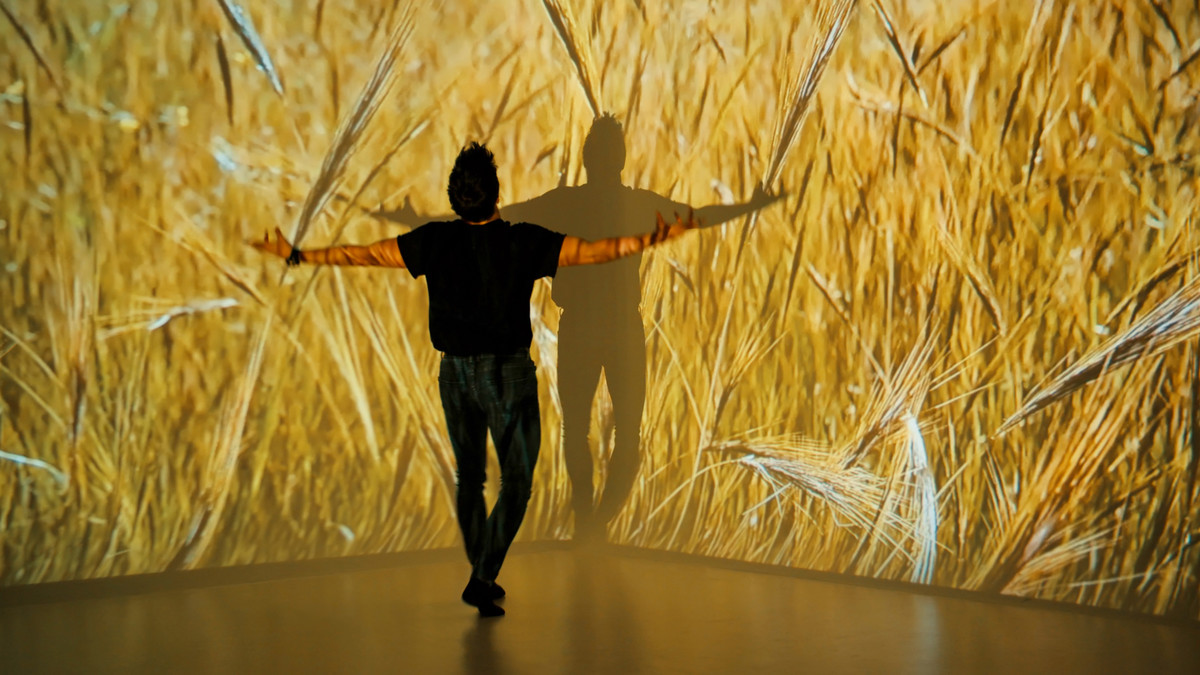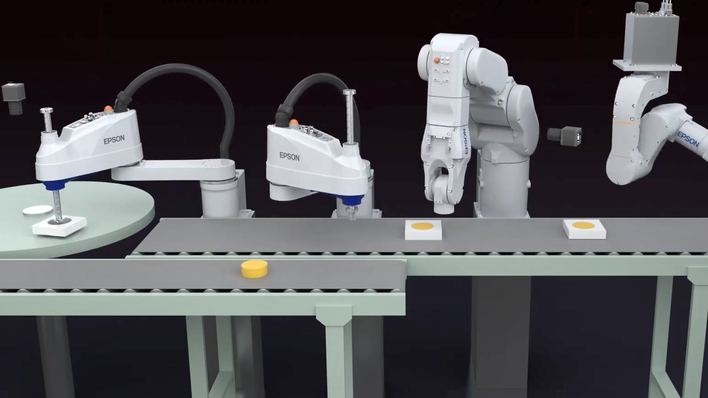The use of mixed reality in both augmented and virtual reality presentations, as well as the use of projection mapping and immersive display technology, has seen increased investment for application in theme-park and attractions deployment. Meanwhile, consumer applications seem to have advanced little since the Pokémon Go! smartphone app, although advancements in out-of-home entertainment continue.
The use of MR in attractions has been broken into two key areas of utilization. The first is “props” — systems that interact with elements of the venue. And second, “viewers” — devices allowing guests to view unique elements/surroundings and have interactive experiences. While digital technology is the current delivery process for this mixed reality approach, the technology can trace its roots in attractions as far back as the “Pepper’s Ghost” effects, deployed in Walt Disney’s “The Haunted Mansion” attraction in 1969.
One of the well-known uses of interactive props has been seen at the “Wizarding World of Harry Potter.” The Universal theme park has incorporated “interactive wands,” with guests able to acquire special RFID-enabled wands that, when waved at particular areas, can trigger physical show set elements, with unique areas of the land converted to support this system.
Concept origins
This is a concept that can also be traced back to the Great Wolf Lodge venues in North America, which incorporated the “MagiQuest” experience. In 2005, the first locations opened using this unique tracked wand, allowing players to unlock digital and physical puzzles, competing with digital characters located throughout the experience. The operation expanded its player prop experiences in 2016 with the launch of its “MagiQuest Chronicles” experience using new interfaces.
Recently we have seen the wireless interactive prop married to dark rides, such as with “The Smurfs Ride” attraction at Comics Station in Belgium. The dark ride experience has riders wielding magic wands, with their hand gestures represented on screen, interacting with the ride experience to help the onscreen characters accomplish their mission. The interactive device system was developed by Alterface Projects for the attraction and opened in 2017.
Walt Disney has a long track record of experimenting with the use of location-specific interactive elements — both in queue lines and in special “scavenger hunt” style experiences at various resorts. One of the trailblazers of this was the “Kim Possible World Showcase Adventure” that utilized a smart device acting as the “prop,” used to supply information and help crack puzzles to collect rewards.
The system, launched in 2009, was ahead of its time and trailblazed the approach that would later be seen with the Pokémon Go smartphone app. Recently, Disney deployed a new smartphone app that allows guests to interact with unique elements on the queue line and other show sets, collecting special points and badges through cracking puzzles. This was deployed at the “Star Wars: Galaxy’s Edge” land in Orlando and California, distributed through the Play Disney, Star Wars: Datapad, on the park app.
Parks deploy smartphone AR
Several theme parks have taken the path of least resistance and developed AR-based smartphone experiences that have allowed the guest to interact with the venue. One of the most notable would be with Holovis and its “Battle for Cedar Point” game app, launched in 2017. It was created for the venue as what was called an “Extended Experience” solution for Cedar Fair.
While these applications are examples of AR being deployed in the venue environment, they depend on the guest’s own smartphone and are more tertiary experience to the main attraction of the park. This was seen more recently with “Wallace & Gromit: The Big Fix Up” — developed in partnership between Aardman Animations and Fictioneers, creating what was dubbed “Extended Reality portals,” based on the comic characters for players to experience on their smartphones from their home.
Retail catches up
The retail sector is playing catch-up regarding adoption of AR entertainment as an audience-retention platform. It was revealed in November 2020 that 22 of the 55 flagship Westfield shopping centers would be deploying an AR-based scavenger hunt, offering winter holiday entertainment to shoppers. Called “The Holiday Hunt at Westfield,” the system uses QR code icons scanned by guests’ smartphones towards collecting 10 virtual characters hidden at selected locations within the collaborating centers.
As shoppers collect characters they are rewarded with promotional offers, with an additional offer provided once all characters have been scanned, underlying the marketing focus of this kind of approach. Unibail-Rodamco-Westfield partnered with AR specialists Coffee Labs to create their festive AR characters. To make the experience as seamless and easy-to-access as possible, “The Holiday Hunt at Westfield” was built using 8th Wall’s web-based AR solution.
The game that underpinned the phenomenal appeal that smartphone AR apps could engender was the Niantic developed “Pokemon Go,” seeing at its peak some 28 million active users and some 1 billion downloads. This game saw players attempting to find virtual characters dotted around their area in a combination of GPS scavenger hunt-and-click game. In the latest development of this title, the game will link to bricks-and-mortar locations.
Meanwhile, a Niantic agreement with Starbucks Asia, across Singapore, Hong Kong, Indonesia, the Philippines and Thailand, will see Starbucks stores in these territories becoming PokeStops and Gyms. Venues where players can go to train their collected virtual characters and compete with fellow trainers are example of AR being deployed as a location-based entertainment offering, only accessible by equipped players, needing minimal physical elements. This marks a new age in marketing, promotion and interactivity for entertainment, which will be repeated in other territories.
This article was written by Kevin Williams from Digital Signage Today News Features and was legally licensed through the Industry Dive publisher network. Please direct all licensing questions to legal@industrydive.com.
![]()



